

Shin Nakahara
Movies for Shin Nakahara...
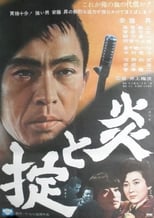


Title: Samurai from Nowhere
Released: May 20, 1964
Type: Movie
Misawa Ihei (Nagato) is traveling with his wife Tae (Iwashita Shima) who abhors the practice of sword fighting for prize money. Tae is the daughter of the clan's chief counselor who married the low-ranking Ihei to avoid becoming the clan lord's mistress. Into the mix comes Oba Gunjuro (Tetsurō Tamba), a mysterious ronin who will do anything for money. This leads to a fitting climax as the forces of hate and love converge while the couple attempt to break through the border!


Title: The Image of Mother
Released: December 24, 1963
Type: Movie
A resolute young man searching for his mother, whom he was separated from as a child, defies a family who mistreat the poor and homeless.


Title: Harakiri
Released: September 15, 1962
Type: Movie
Down-on-his-luck veteran Tsugumo Hanshirō enters the courtyard of the prosperous House of Iyi. Unemployed, and with no family, he hopes to find a place to commit seppuku—and a worthy second to deliver the coup de grâce in his suicide ritual. The senior counselor for the Iyi clan questions the ronin’s resolve and integrity, suspecting Hanshirō of seeking charity rather than an honorable end. What follows is a pair of interlocking stories which lay bare the difference between honor and respect, and promises to examine the legendary foundations of the Samurai code.

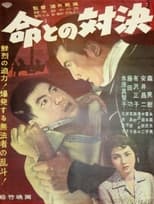

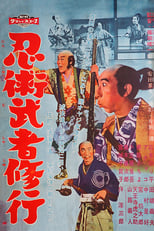

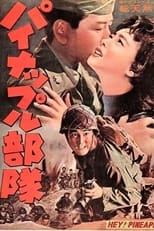
Title: Pineapple Butai
Character: unter-officer
Released: December 27, 1959
Type: Movie

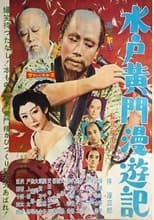
Title: The Beloved Imposters
Released: November 11, 1958
Type: Movie
1958 Mito Kumon movie

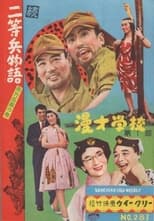
Title: 続二等兵物語 南方孤島の巻
Released: July 13, 1956
Type: Movie
Second sequel to "Story of Second Class Private".

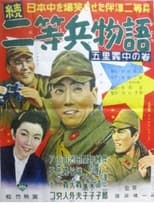
Title: Story of Second Class Private, Sequel
Released: March 18, 1956
Type: Movie
First sequel to "Story of Second Class Private".

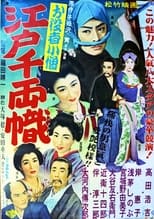
Title: お役者小僧 江戸千両幟
Character: 亀吉
Released: August 10, 1955
Type: Movie
Okazaki Domain samurai Inaba Gotaro accidentally killed a superior while trying to save his beloved geisha, Ko-en. On the run, they were rescued by the actor Nakamura Utaemon, but Ko-en was taken by the Hatamoto, Ono Issai. Gotaro, who fell off a cliff, was saved by the Dutch-trained doctor, Shibarai Ryokai, and his daughter Oume. While traveling to Edo, they met Utaemon in Mishima, who was suffering from a serious eye disease. Ryokai’s treatment saved Utaemon from blindness, and a strong friendship was formed among the three.


Title: Denshichi Torimonocho: Vampire Spider
Character: 庄平
Released: April 19, 1955
Type: Movie
In the town of Izu known for its hot springs, Den Shichi from Kuromon Town sets off for a healing trip with his companion, a bamboo craftsman with a nose like a lion's snout, at a time when the town is under a tight security network due to a nearby gunpowder depot explosion. Staying at Tsuruya, Den Shichi and his group are investigated by officials whose behavior seems somewhat odd. That night, a man looking like a craftsman is murdered, and gunpowder residue is found at the scene, prompting Den Shichi to suspect that something is amiss.

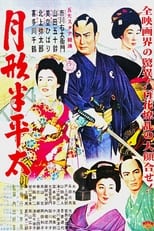
Title: Tsukigata Hanpeita
Released: May 29, 1952
Type: Movie
During the ultra-violent era of the downfall of the Tokugawa Shogunate one man rose above the rest with his ideas of how to overthrow the corrupt government and end the bloodshed between the Choshu and Satsuma clans which would ultimately lead to the alliance of these 2 clans and restoration of the emperor to full power. Based on the play that made Sawada Shojiro famous, this is the story of Tsukigata Hanpeita, a forward looking samurai from Choshu, who along with Katsura Kogoro and Sakamoto Ryoma of Tosa worked to bring their dream of a new era in Japan.
